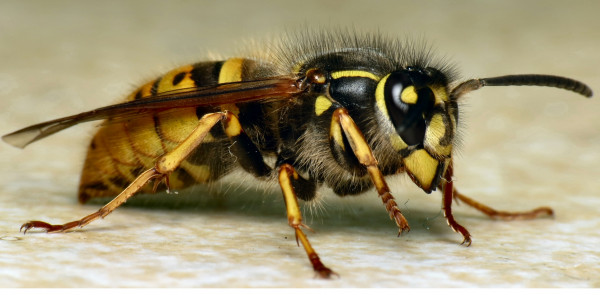Identifying pests
Each animal, insect and microorganism leaves clues behind as to who they are. Although it can be difficult to figure which pest is affecting you, here are some options for you to try out.
Do you have an insect pest affecting you but don’t know what it is? Have a look at Landcare Research’s web page ‘What is this Bug’? They provide step by step options to help you figure out what pest is bugging you.
Visit What is this Bug?

Pest Detective
Pest Detective was a website that helped New Zealanders identify the presence of pest animal species. The website itself is no longer available, but a lot of the content can still be viewed through the Internet Archive.
Visit the Internet Archive's Pest Detective records.
